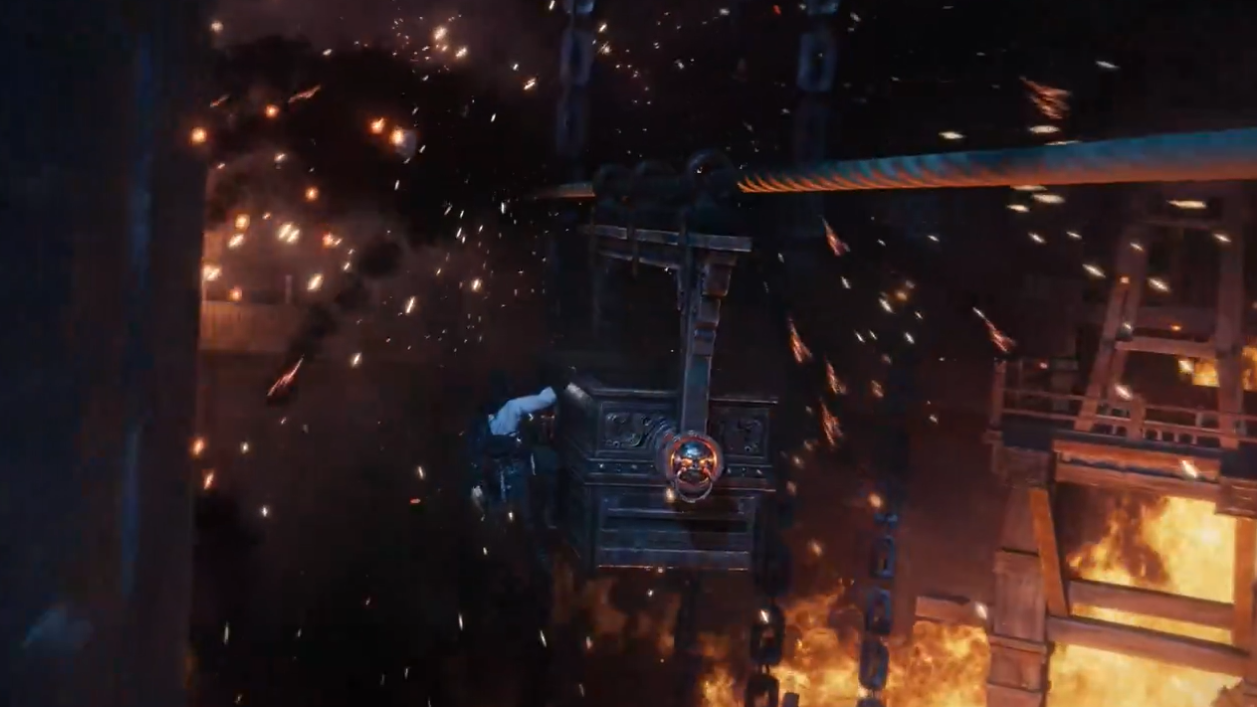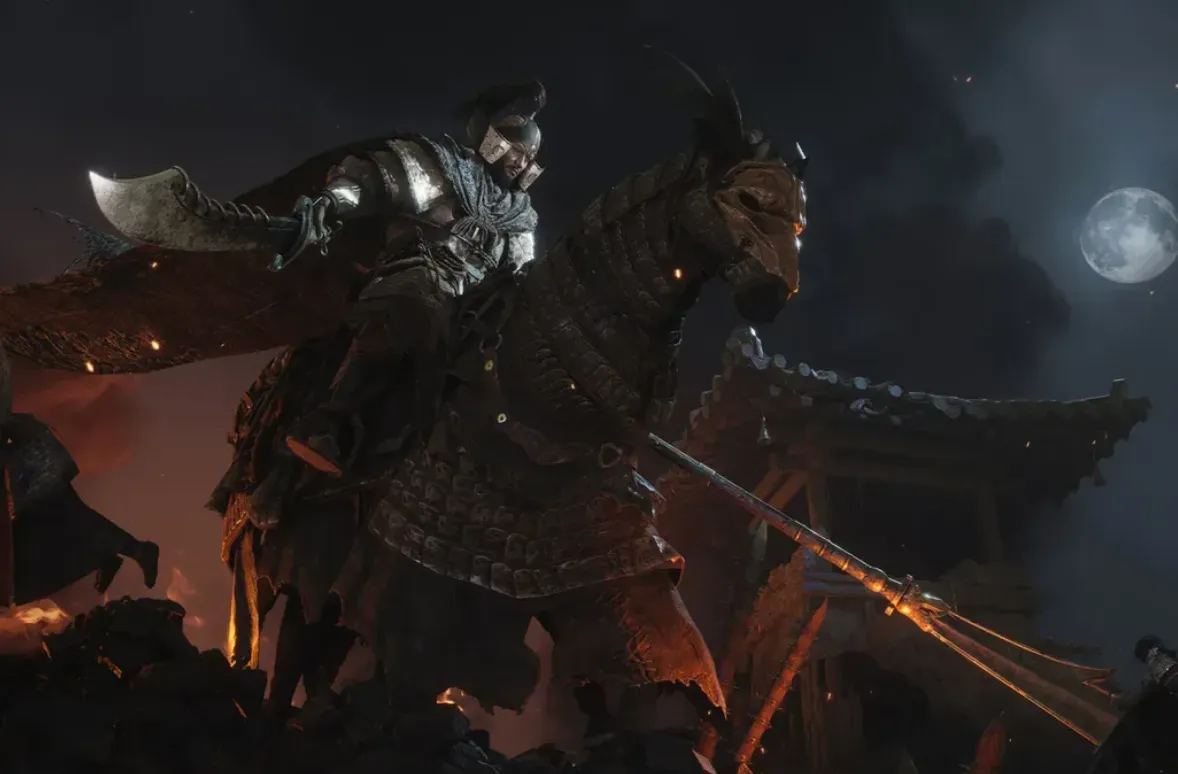Where Winds Meet is built for both controllers and keyboard-and-mouse, across PC and mobile. The game’s combat, traversal, and UI all work with a gamepad, but the way skills and mystic arts are mapped means each setup has real trade-offs, especially in PvP.
Where Winds Meet controller support on PC and mobile
On PC, Where Winds Meet supports standard Xbox and PlayStation-style controllers. Players report using both Xbox and DualSense pads without extra configuration. The game is also available on mobile, where it recognises several clip-on and wireless controllers.
| Platform | Controller support status | Examples of supported controllers | Notes |
|---|---|---|---|
| PC (Windows) | Native controller support | Xbox Wireless Controller, PlayStation controllers | Works alongside keyboard and mouse; good for combat and traversal. |
| Mobile (phone) | Controller support available | Serafim S3, Backbone One, Xbox Wireless, PS5 DualSense | Mouse and keyboard are not supported on mobile builds. |
On mobile, the game recognises popular phone controllers such as Serafim S3, Backbone One, Xbox Wireless Controller, and PlayStation 5 DualSense. Once connected over Bluetooth or USB, you can play fully on a controller; touch controls remain available as a fallback, but are not required.

How controller vs. keyboard and mouse feel in Where Winds Meet
The main question for PC players is not whether a controller works, but whether it makes more sense than keyboard and mouse for different parts of the game. Community feedback from the beta and early launch highlights a consistent pattern.
| Aspect | Controller experience | Keyboard and mouse experience |
|---|---|---|
| General combat feel | Described as smooth and natural for action gameplay; easy to relax on a couch or recliner. | Responsive and precise; familiar to MMO and action-RPG players used to hotkeys. |
| Skill and combo input | Core skills feel fine, but quickly accessing more than four mystic arts requires modifier inputs and page swaps. | Direct hotkeys for each skill (e.g., number keys) make it faster to reach all abilities. |
| Mystic arts usage | Eight total arts are split across two pages of four; switching pages is an extra step. | Each mystic art can be bound to a specific key, even if it lives on a different page in the UI. |
| PvP | Fully playable; page-swapping for mystic arts can slow down high-end play unless remapped carefully. | Faster access to the full kit; slight advantage for competitive players who rely on every cooldown. |
| Exploration and traversal | Very comfortable; analog movement and camera control feel well suited to Wuxia-style traversal. | Perfectly functional; some players still prefer analog sticks for gliding and fine movement. |
| UI and menus | More cumbersome on its own; multiple UI layers are slower to navigate with a controller cursor. | Mouse excels at navigating complex menus, inventories, and layered UI panels. |
| Chat and text input | Widely considered awkward; most players swap to keyboard for chat. | Best choice for world chat, guild management, and writing messages. |
| Mini-games and side activities | Combat and traversal mini-games feel good; some activities are less precise with a stick. | Mouse works better for pointer-heavy activities such as mahjong-style games. |
| Posture and comfort | Lets you lean back and play in a relaxed position; lower strain for some players. | Encourages a more “locked-in” desk posture; preferred by players who like a traditional PC setup. |
Players who spent the entire beta on controller describe no major issues in PvE, exploration, or casual PvP. Many only touched the keyboard to type in world chat or to handle small UI-heavy tasks. At the same time, others highlight the benefit of instantly hitting any of the eight mystic arts on the keyboard without cycling pages.
One practical pattern that emerges is a hybrid setup: controller for traversal and combat, with keyboard and mouse plugged in for menus, chat, and certain mini-games. The game has no problem with this mix as long as all devices are connected.
How mystic arts and skills map on controller vs. keyboard
Where Winds Meet lets you equip eight mystic arts. On controller, these are grouped into two pages of four. On keyboard, each one can be placed on a dedicated key. This design drives most of the performance difference between the two input methods in PvP.
| Feature | Controller mapping | Keyboard and mouse mapping |
|---|---|---|
| Number of mystic arts equipped | Eight total, shown as two pages of four. | Eight total, each can have its own keybind. |
| Accessing mystic arts 1–4 | Direct button presses (e.g., face buttons) while a combat modifier is held. | Direct key presses (e.g., 1–4). |
| Accessing mystic arts 5–8 | Requires switching to the second page, often by using a bumper or D-pad input first. | Direct key presses (e.g., 5–8), no page swapping needed. |
| Impact on PvE | Page swap delay is rarely critical; mystic arts use resources and are not spammed. | Very smooth but not strictly necessary for most PvE encounters. |
| Impact on high-end PvP | Extra inputs can slow down reaction windows when chaining less-used arts. | Marginal advantage when reacting quickly with any art on demand. |
Some players mitigate this on controller using “pro” pads with rear or side paddles. By remapping page-switching or less accessible commands to those paddles, they reduce the time spent cycling mystic arts. Even with that, a fully bound keyboard will still be slightly faster for hitting high slot numbers.
Where Winds Meet controller support on phone: setup basics
On mobile, Where Winds Meet supports both Bluetooth and wired USB controllers. Keyboard and mouse do not work on mobile versions; if you want physical controls, you use a controller.
| Connection type | Steps to connect | Typical issues |
|---|---|---|
| Bluetooth controllers | Charge the controller, enter pairing mode, enable Bluetooth on the phone, select the controller from the device list, then open the game. | Controller not visible if not in pairing mode; low battery causing drops. |
| USB controllers (OTG) | Plug the controller into the phone with an OTG adapter, wait for the phone to detect it, then launch the game. | Phones without OTG support; unreliable adapters; loose USB ports. |
Once connected, the game reads controller input directly. On mobile, there is no option to fall back to mouse and keyboard, even with a USB hub. Your choice is either touch controls or a controller.
Recommended basic controller settings for Where Winds Meet on phone
There is no single perfect configuration, but some baseline settings help most players get a stable feel out of the box. On mobile, the following ranges are commonly suggested as a starting point for controller sensitivity:
| Setting | Suggested starting value | Effect |
|---|---|---|
| Look sensitivity | Around 70 (medium-high) | Controls camera speed when looking around; higher makes turning quicker but can feel twitchy. |
| Aim sensitivity | Around 60 (medium) | Controls fine adjustments in combat when aiming skills or ranged attacks. |
These values are only a baseline. If you struggle to track moving targets, lower both slightly. If Wuxia traversal feels sluggish or you have to push the stick far to turn, raise look sensitivity a bit while leaving aim lower to keep precision.
Button remapping on mobile is also important. The default layouts work, but simple changes can make combat feel less cramped:
| Action | Suggested button mapping | Reason |
|---|---|---|
| Primary action (confirm, main interact) | Face button in the “A” position | Aligns with muscle memory from most console games. |
| Inventory or quick bag | Left trigger (L2-style) | Easy access with the left index finger without moving thumbs off the sticks. |
On both PC and mobile, you can gradually refine your bindings as you unlock more skills and see what you actually use. Many players discover that several keyboard keys or controller slots stay unused, because the game’s moment-to-moment kit is smaller than it first appears.
Comfort, strain, and posture: controller vs. keyboard and mouse
Beyond pure performance, a lot of the debate around controller support in Where Winds Meet comes down to how you like to sit while playing.
| Factor | Controller | Keyboard and mouse |
|---|---|---|
| Body position | Better for leaning back on a couch or chair; arms can rest in your lap. | Encourages upright posture at a desk; hands are spread across the desk surface. |
| Hand strain risk | Lower mouse hand strain; some wrist relief for players worried about long-term mouse use. | If you use high sensitivity and only your wrist, extended sessions can feel harsh; arm-based aiming helps. |
| Session length comfort | Many players report comfortably running long PvE sessions on controller. | Great for focused shorter sessions, raids, and PvP; can be tiring if posture is poor. |
Some players jokingly pick controller “to avoid carpal tunnel,” while others counter that lowering mouse sensitivity and aiming with the whole arm accomplishes the same thing. In practice, both setups can be safe if you take breaks, adjust your posture, and pay attention to discomfort.

Choosing your setup for PvE vs. PvP in Where Winds Meet
The final choice is less about right or wrong and more about what kind of content you care about most. The game’s systems support all of the following approaches without issue:
| Play focus | Recommended input | Why it fits |
|---|---|---|
| Story and open-world PvE | Controller (PC or mobile) | Combat, traversal, and casual fights feel smooth; mystic arts page swaps rarely decide fights. |
| Casual PvP and co-op | Either controller or keyboard and mouse | Both work well; pick whatever feels more natural in your hands. |
| Competitive PvP (reaction-heavy) | Keyboard and mouse (on PC) | Faster direct access to all mystic arts and skills, plus easier rebinding for parry and movement keys. |
| UI-heavy play (trading, guild work, chat) | Keyboard and mouse, optionally with a controller plugged in | Mouse navigation is far quicker for multi-layered UI, while controller can still handle combat. |
| Relaxed couch or TV play | Controller | More comfortable posture and familiar console-style feel. |
| Mobile only play | Controller if you dislike touch controls | Mouse and keyboard are not supported; a Bluetooth or OTG controller is the only physical option. |
Many players who start on keyboard and mouse eventually plug in a controller just to test it and discover that Where Winds Meet is surprisingly friendly to gamepad-only play, especially for PvE. Others do the opposite: they start on controller, then move key binds to keyboard once they dive into more demanding PvP and want to squeeze out every advantage.
If you are unsure, the most practical move is to try both for a few hours each. Run the same kind of content with each setup: a dungeon run, a world boss, some duels, some exploration. Pay attention to what feels clumsy or tiring. The game does not lock you into one input method, so you can keep changing until you find a balance that works for you.


